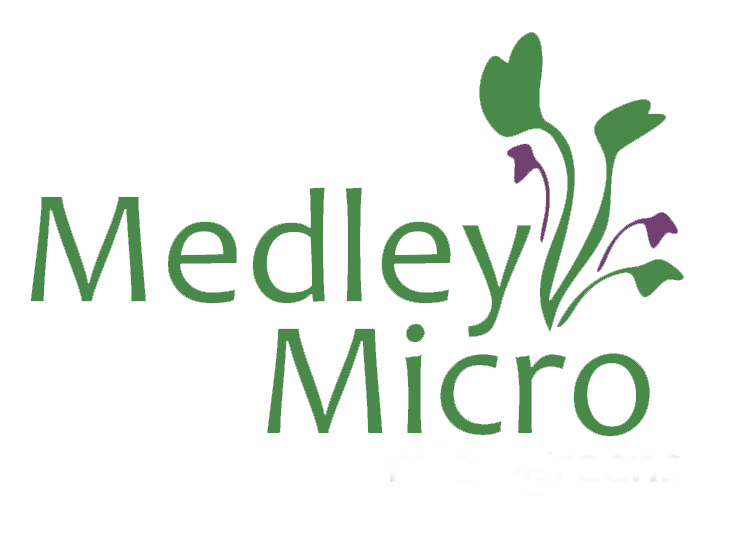An Introduction to Permaculture: A Sustainable Approach to Your Yard and Garden
If you’ve ever wished your yard or garden could be more productive, resilient, and environmentally friendly, permaculture might be the answer. Permaculture is more than just a farming or gardening method—it’s a design philosophy that works with nature rather than against it. Whether you have a small urban backyard (or just a balcony), a suburban lawn, or a larger rural space, permaculture principles can help you create a thriving ecosystem that requires less effort while offering more benefits.
What is Permaculture?
Permaculture is a holistic approach to land use that focuses on sustainability, regeneration, and working in harmony with nature. The term “permaculture” comes from “permanent agriculture” and “permanent culture”, highlighting its goal of creating systems that support human life while supporting or restoring the environment. It was developed in the 1970s by Bill Mollison and David Holmgren as a response to industrial agriculture’s environmental damage.
At its core, permaculture is about designing with nature, using patterns and principles observed in healthy ecosystems to grow food, manage water, and improve biodiversity.
Why Consider Permaculture for Your Yard and Garden?
Many people are drawn to permaculture because it offers a sustainable and regenerative way to care for their outdoor spaces. Here are some compelling reasons to integrate permaculture into your yard or garden:
1. Reduce Waste and Inputs
Traditional gardening often relies on chemical fertilizers, pesticides, and frequent watering. Permaculture, however, maximizes natural cycles to reduce waste and external inputs. By using composting, mulching, and companion planting, you can create a self-sustaining system that builds soil health naturally.
2. Save Water and Improve Soil
One of the key principles of permaculture is to “catch and store energy,” which includes conserving water. Techniques like rainwater harvesting, swales, and deep mulch gardening help retain moisture in the soil, reducing the need for irrigation. Healthy, living soil is the foundation of a successful permaculture garden, and practices like composting help build rich, fertile ground.
3. Increase Biodiversity and Resilience
A permaculture garden is designed to mimic natural ecosystems, which means diverse plantings rather than monocultures (single crop in a row). Growing a mix of perennials, annuals, and native plants attracts pollinators, beneficial insects, and birds, creating a healthier and more resilient environment. If one plant struggles in a particular season, others will thrive, ensuring long-term productivity.
4. Grow More Food with Less Effort
Permaculture gardens often focus on perennial and self-seeding plants, reducing the amount of replanting needed each season. Food forests—layered plantings of fruit trees, shrubs, herbs, and ground covers—produce food year after year with minimal maintenance. The result is a garden that becomes more productive over time rather than needing constant reworking.
5. Create a Low-Maintenance, Abundant Space
Unlike traditional gardens that require constant weeding, fertilizing, and pest control, permaculture gardens become low-maintenance over time. Once established, they require less work because they are designed to be self-sustaining ecosystems. Ground covers suppress weeds, natural predators keep pests in check, and deep-rooted plants access nutrients without needing fertilizers.
6. Support the Environment and Combat Climate Change
Permaculture helps sequester carbon by building organic matter in the soil and planting diverse greenery. Trees, shrubs, and perennials capture CO2, improving air quality while reducing the carbon footprint of food production. By moving away from chemical-dependent gardening, you also help protect local waterways and wildlife.
Key Permaculture Principles to Get Started
You don’t need to redesign your yard overnight to incorporate permaculture. Start with a few simple principles:
Observe and interact – Spend time watching how your yard functions naturally. Where does water collect? What plants thrive? Use these observations to make informed decisions.
Catch and store energy – Collect rainwater, use mulch to retain moisture, and plant in ways that maximize sunlight exposure.
Use and value renewable resources – Compost kitchen scraps, plant nitrogen-fixing plants, and use natural materials.
Design for diversity – Plant a mix of trees, shrubs, herbs, and ground covers to create a thriving mini-ecosystem.
Work with nature, not against it – Avoid chemicals and instead use companion planting, natural pest control, and organic soil-building techniques.
Final Thoughts
Permaculture is about more than just growing food—it’s how we approach things. Whether you’re looking to reduce your environmental footprint, grow healthier food, or simply enjoy a more natural and self-sustaining garden, permaculture offers a practical, inspiring approach.
I've gardened for years but consider myself a novice in permaculture. However, I enjoy learning about it and applying what I can to our property. Even small changes—such as adding a compost bin, planting native flowers, or reducing lawn space in favour of edible perennials—can make a significant impact over time. By working with nature, you can create a thriving garden that benefits both you and the planet.
So why not take the first step toward a more sustainable and abundant yard today?

